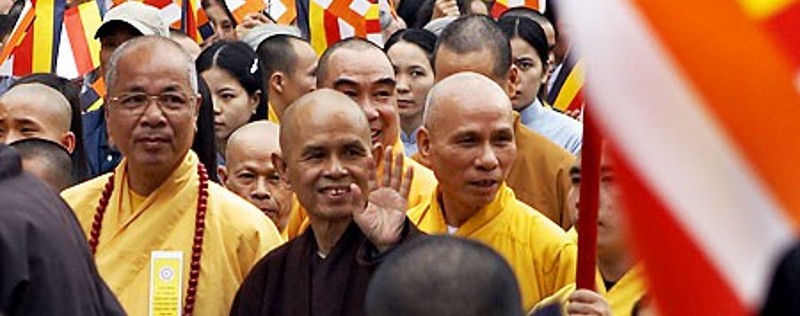
Ven. Thich Nhat Hanh’s return from exile
Zen Master Thich Nhat Hanh returned to Vietnam in 2005, after nearly 40 years of exile for having called for an end to the Vietnam War. His return attracted tens of thousands of people to his talks and retreats.
His accessible teachings on mindfulness and renewed style of Buddhism with less emphasis on worship and ceremony, and more on daily mindfulness practice and personal transformation, appealed to a society undergoing rapid economic and social change.
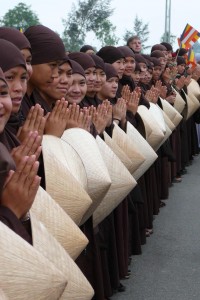
Hundreds of young people requested to become his monastic students in what is now known, in Vietnam and worldwide, as the “Plum Village Tradition”. Bat Nha Monastery in the Central Highlands of Vietnam was offered as a training monastery for these young monks and nuns.
The monastery grew rapidly, with retreats and monthly mindfulness days attracting thousands of people, especially the young.
The risks of speaking out against injustice
Thich Nhat Hanh returned to Vietnam a second time in 2007 to offer huge prayer requiems for the war dead in the North, the Center and the South, and to lead days of mindfulness and retreats at the ever-growing Bat Nha Monastery. During this visit he met the President of Vietnam, and made specific proposals to reform the Communist government’s control of the Buddhist Church, including dissolving the corrupt and unpopular Religious Police.
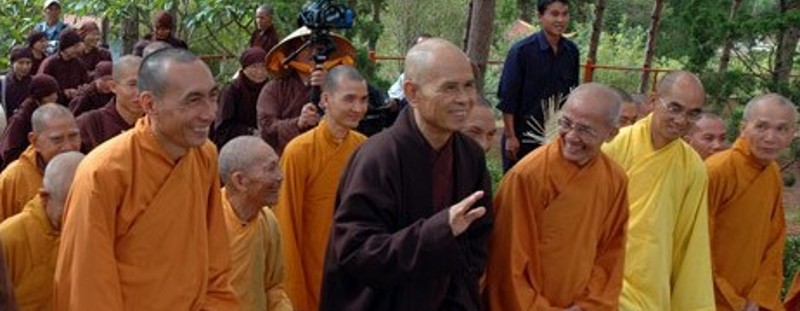
Almost a year later, in January 2008, Thich Nhat Hanh published the details of his proposals to the President, triggering fear in the ranks of the Religious Police. At around the same time, in March 2008, in response to a question at a press conference in Italy, Thich Nhat Hanh also publicly stated his support for the Dalai Lama and Tibet, provoking an immediate reaction from the Chinese Government, demanding he withdraw his statement.
He refused to do so, and still returned to Vietnam a third time as a keynote speaker at the May 2008 United Nations Vesak Celebrations in Hanoi. Within a few weeks of his visit, the government began taking steps to limit the activities of his thriving Bat Nha Monastery.
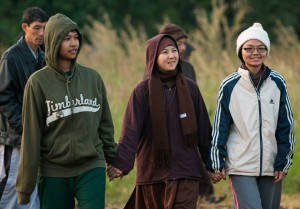
Government fear
As a government still transitioning out of communism towards a more open economy and society, Vietnam’s leadership felt threatened by the popularity of Plum Village mindfulness practices with the youth, and especially the huge numbers that assembled for Days of Mindfulness and retreats. At the same time, the Religious Police felt threatened by Thich Nhat Hanh’s recommendations for them to be abolished.
Government policy turned against Bat Nha monastery and, over a period of 16 months, they used police harassment, slandering, propaganda and diktats to undermine the monastery’s activities. They made it impossible for monks, nuns and retreatants to come and go freely, or for the monastery to host days of mindfulness and retreats. Yet the hundreds of monks and nuns only ever responded with peace and compassion, never once reacting with hatred or violence.
In June 2009, the government cut off water, electricity and phone lines. Finally, the government sent in a series of paid mobs to attack the monks and nuns, arrest a number and forcibly evict the rest. The monks and nuns took temporary refuge in a nearby temple, but government repression continued.
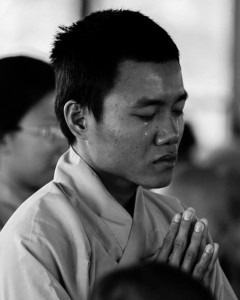
Rare public outcry
Within days, hundreds of leading intellectuals, jurists, policy makers and senior Communist Party members signed a national petition begging the government not to repress but to support the young generation and their interest in mindfulness.
The US Ambassador to Vietnam made a strong public statement against the government’s actions, the European Parliament passed a Resolution upholding the Bat Nha monks and nuns right to religious freedom, and the United Nations Special Rapporteur for Religious Freedom made an official complaint.
Despite all this, government repression continued until finally, in December 2009, all the Bat Nha monks and nuns were forcibly dispersed. Some went across the border and took refuge in Thailand, others began to practice in small groups underground. Still others took refuge at Thich Nhat Hanh’s “Root Temple” in Hue, where Thich Nhat Hanh trained as a novice and is still officially abbot.
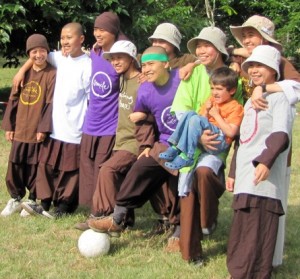
Seeds of hope
Today, in Vietnam, there is still no practice centre in the Plum Village Tradition. It is not possible to organise Plum Village-style days of mindfulness or retreats, even at Thich Nhat Hanh’s Root Temple in Hue.
Yet Thich Nhat Hanh’s three visits to his homeland demonstrated the appreciation and love Vietnamese people have for his accessible and practical teachings of “Applied Buddhism”, deeply rooted in Vietnam’s rich spiritual heritage.
Many young Vietnamese continue to ask permission to ordain as monks and nuns in the Plum Village tradition, making the long journey over the border to Plum Village Thailand to do so.
As Vietnam takes increasing steps towards tolerance and openness, many thousands of Vietnamese hope that they will be able to learn, share, and apply Plum Village mindfulness practices freely, for the benefit of themselves, their families, their workplaces and society at large.
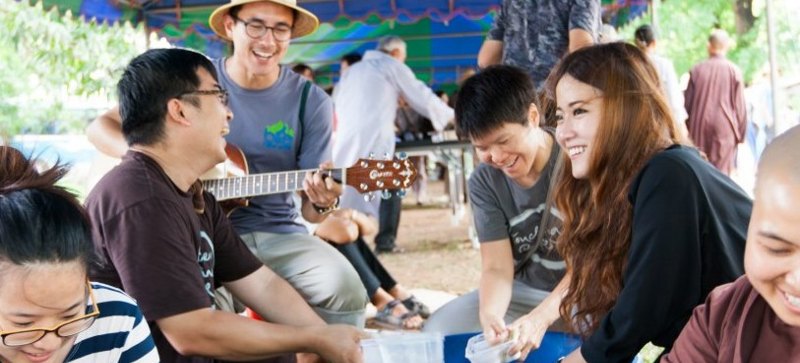




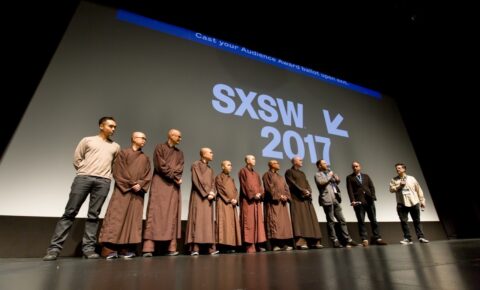
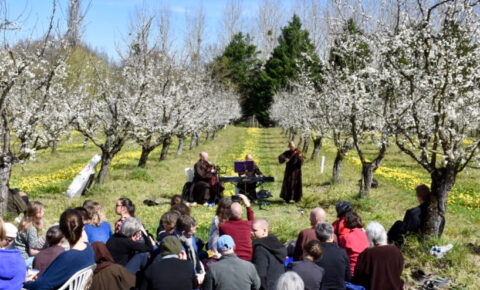
Share Your Reflections